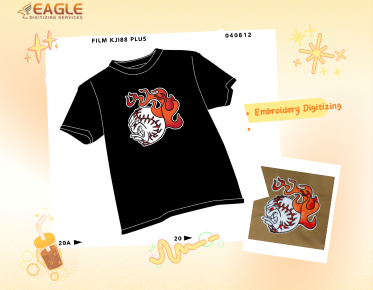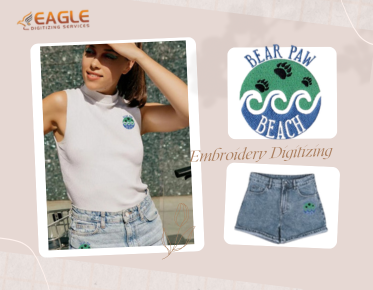10 Pro Vector Art Tips to Become an Expert Vector Artist
Mastering vector art is an exhilarating journey that can elevate your digital artwork to a whole new level. Whether you're a budding designer or an experienced artist looking to refine your skills, there are several techniques and practices you can adopt to excel in this field. In this blog, we'll explore ten essential tips that will guide you to become a proficient vector artist, enabling you to create stunning scalable graphics with ease.
1. Understand the Basics of Vector and Raster Graphics
The first step toward mastering vector art is understanding the fundamental differences between vector and raster graphics. Vector graphics use mathematical equations to define paths and shapes, which allows them to be scaled infinitely without losing quality. Raster graphics, conversely, are made up of pixels and can become pixelated when resized. Therefore, vector images are ideal for logos, illustrations, and any artwork that requires scalability.
2. Get Comfortable with Vector Software
The choice of software can significantly affect the efficiency and quality of your vector artwork. Adobe Illustrator and CorelDRAW are industry standards, offering comprehensive toolsets for creating intricate designs. Gaining proficiency in these tools is essential as they provide features like pen tools, layers, gradients, and more. Moreover, being familiar with online vectorization options can be beneficial for quick conversions.
3. Master the Pen Tool
The pen tool is the cornerstone of vector art creation. It allows artists to create precise and fluid paths. To master the pen tool, begin by practicing simple shapes and gradually move to complex forms. Learning to use anchor points effectively will help in creating smooth and dynamic curves.
4. Utilize Grids and Guides for Precision
Aligning objects accurately is crucial for creating professional vector artwork. Utilizing grids and guides can assist in maintaining consistency and precision. These tools help in aligning elements symmetrically, which is especially important in logo design and technical illustrations.
5. Experiment with Colors and Gradients
A good understanding of colors and gradients can enhance your vector art. Use color schemes that resonate with your artwork's theme and experiment with gradients to add depth and dimension. Advanced vector tools allow you to create and adjust gradients with precision.
6. Simplify Your Design
One of the great advantages of vector art is the ability to create complex designs while retaining a minimalist approach. Strive to convey your message with as few paths as possible. Reducing complexity not only enhances aesthetic appeal but also results in smaller file sizes, which is crucial for vector conversion efficiency.
7. Practice Image Tracing and Vectorization
Vectorizing images or converting raster images to vector format is a valuable skill. This process involves tracing an image's outlines to create a vector path. Many online services provide image vectorization service that can assist with this process for complex artwork, enabling artists to focus on creative expression rather than technical execution.
8. Follow the Latest Design Trends
Stay ahead in the field by keeping up with the latest design trends. This knowledge will not only inspire fresh ideas but also help you understand what resonates with the current audience. Joining vector art communities can provide insights into trends and techniques shared by fellow artists.
9. Build a Strong Portfolio
A well-curated portfolio is key to showcasing your vector art skills. Include a variety of works that demonstrate your range and versatility. High-quality vector graphics, logos, illustrations, and simplified artwork should make up a diverse selection that attracts potential clients and employers.
10. Seek Feedback and Continuous Learning
Finally, never stop learning. Feedback from peers, mentors, and online communities can provide valuable insights into your work. Use critiques as opportunities for growth rather than discouragement. Participating in workshops and enrolling in courses can also enhance your skill set and open new avenues in vector art practices.
With practice and dedication, becoming an expert in vector art is within reach. Embrace each project as an opportunity to refine your skills and explore the endless possibilities in this vibrant realm of digital art. The ever-evolving technology ensures that new tools and methods will continue to emerge, making it an exciting time to be a vector artist.


